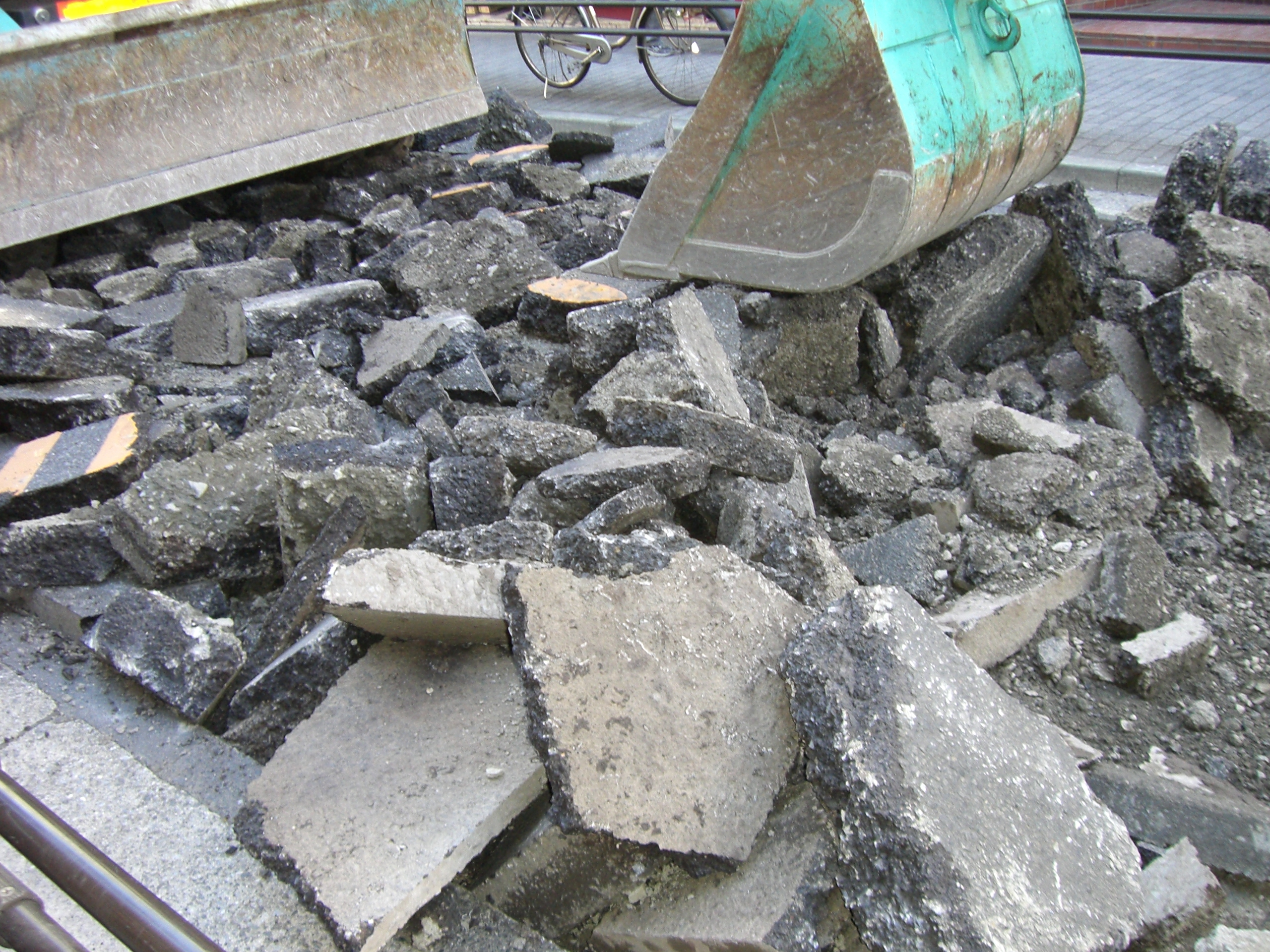Usually we think of demolished concrete walls and floors as environmental contaminants, but in fact this material may turn out to be a valuable resource in nature protection work. This is the conclusion from researchers from University of Southern Denmark after studying the ability of crushed concrete to bind phosphorus.
“We have shown that crushed concrete can bind up to 90 per cent of phosphorus, “says PhD student and environmental engineer, Melanie Sønderup, Department of Biology at the University of Southern Denmark.
Since March 2013 researchers have tested the technique in a full-scale experiment, which will run until March 2014. But already now they find that the technique is very effective.
Large amounts of phosphorus can be washed out into lakes and streams when it rains. Rainwater that runs off from catchments, especially those fertilized with phosphorus, carries the phosphor with it. This phosphorus rich rainwater is then often collected in rainwater ponds, which discharges into lakes and streams.
“The water in these rainwater ponds can be very rich in phosphorus, and if it is discharged into a lake, it can lead to an increase in algae growth. This can lead to oxygen depletion and a reduction in the number of species that can live in the water,” explains Melanie Sønderup and continues:
“By letting the pond water pass through a filter of crushed concrete, we can remove up to 90 per cent of the phosphorus”.
Phosphorus binds so well to the concrete because it contains cement. Cement is rich in calcium and also contains aluminum and iron. All three can bind phosphorus. Preliminary results show that the size of concrete grains is of importance. The smaller the grains the better they bind phosphorous. Fine concrete powder is thus more effective than millimeter sized concrete bits.
“It is also important that we do not use concrete that has been exposed to wind and rain for a long time, as this washes out the cement, which holds the essential calcium,” explains Melanie Sønderup.
As the experiments have only run for six months, the scientists do not yet know the durability of crushed concrete, but they believe that a filter of crushed concrete can last for a long time, probably several years.
“Only when the concrete cannot bind more phosphorous, it will be time to switch to a new layer of crushed concrete – and then the disposed layer can be recycled as road fill”, says Melanie Sønderup.
Source: Environmental News Network
http://www.enn.com


